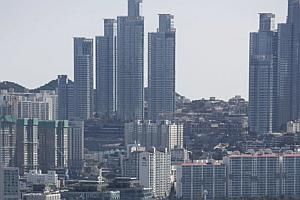 Sky is the limit: Secondary cities in certain mature economies, such as Busan in South Korea (above) and Kaohsiung in Taiwan, have growth potential as they shift from manufacturing to innovation and knowledge industries. - PHOTO: AP
Sky is the limit: Secondary cities in certain mature economies, such as Busan in South Korea (above) and Kaohsiung in Taiwan, have growth potential as they shift from manufacturing to innovation and knowledge industries. - PHOTO: AP
CITIES grow up so fast these days. Thirty years ago, Astana in Kazakhstan was an obscure regional trading hub. In 2017, it will host the World Expo, the same event that Shanghai hosted in 2010.
How did this happen? Astana is part of a global club of fast-growing secondary cities making their mark on the changing global economy. Some are working hard to earn it, while others just got lucky.
Astana's growth resembles that of many secondary cities experiencing of late high population growth and booming economies. According to the Organisation for Economic Co-operation and Development, 43 per cent of the economic growth in member countries between 1995 and 2007 was driven by secondary cities. This trend is likely to continue as primary cities become congested, polluted and expensive.
According to United Nations projections, 86.5 per cent of the world's increase in urban population between 2011 and 2050 will occur in Asia and Africa; 6.2 per cent will be in Europe and North America. Urban growth in Asia will be one of the next century's biggest trends.
 В Атырау -7
В Атырау -7